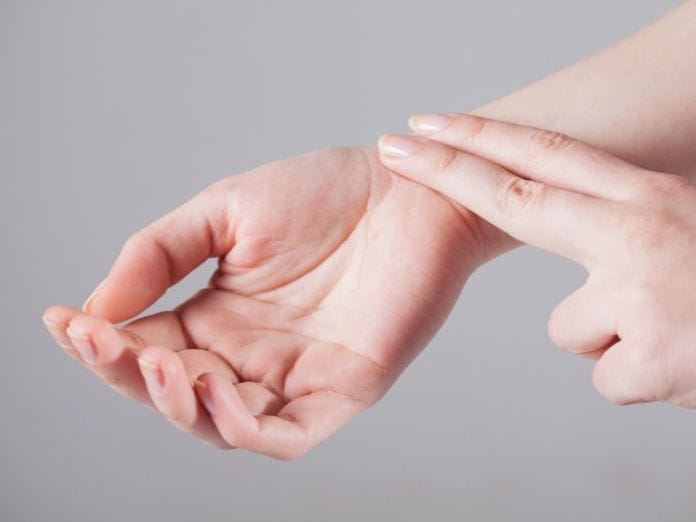A pulse is the number of times your heart beats per minute. People can measure their pulses by counting the number of times they can feel their pulses beating on their wrists or necks. A doctor, physician, or other health-care professional also uses this measurement to determine if your heartbeat is normal or whether you need further tests or treatment. Let’s examine more closely the different ways you can measure a pulse.
Measuring With Fingers
You can count the number of pulses in your wrist by pressing on your wrist with your fingers. This sensation is known as palpation. The more pulses you feel, the faster your heart rate is. Your heart rate may be too slow for your age if you can’t feel anything at all.
Measuring With a Stethoscope
A stethoscope is a medical instrument that listens to sounds created by blood flowing through the arteries. When a doctor places the bell end of their stethoscope over your carotid artery, they hear a sound similar to that of ocean waves. These reverberations are known as Korotkoff sounds, named after their discoverer, Dr. Nikolai Korotkoff. As one’s blood pressure rises, the Korotkoff sounds become louder before fading away when blood pressure reaches 200/100 mm Hg.
Measuring With Doppler Ultrasound
A doppler ultrasound device uses high-frequency sound waves to detect the speed and direction of blood flow within the arteries. When you hold the probe firmly over the carotid artery, you’ll hear a steady tone that changes pitch as the sound waves pass through the area in which the blood vessels open into the larger arteries. As blood pressure increases, the tone becomes higher and the pitch gets lower.
Measuring With a Sphygmomanometer
A sphygmomanometer is a special cuff that measures blood pressure with a mercury manometer. You’ll put the cuff around your upper arm and squeeze the bulb. This inflates the air bladder inside the cuff. Then, you’ll release the bulb and wait about five seconds before taking the reading. After you’ve taken your blood pressure, remove the cuff from your arm and let it deflate slowly.
Measuring With the Oscillometric Method
An oscillometric blood pressure monitor uses a combination of sensors and software to calculate blood pressure. First, the machine inflates the cuff to a certain level. Then, the device slowly releases the air while measuring the amount of force needed to keep the cuff inflated. Finally, the machine calculates systolic and diastolic pressures based on those measurements. You can calculate your pulse automatically with this simple process.
There are many different ways you can measure a pulse, but which way is best? That depends on what information you want to know. If you’re concerned about low blood pressure, you should probably check your pulse with a stethoscope or pulse oximeter. However, you don’t need any equipment at all to see how quickly your heart beats. Just tap your finger against your thumb and count the number of times you feel the beat.






